The country of the revolutionaries
2021/9/17
Havana, Cuba
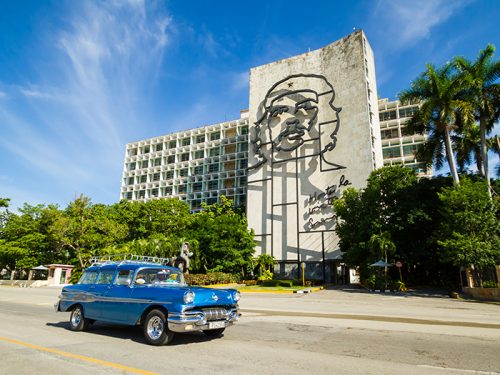
“The most beautiful land that human eyes have ever seen” is how Christopher Columbus is said to have described Cuba upon arrival. Cuba is the largest island in the Caribbean, located south of the Florida Peninsula in North America. The sea surrounding the island remains as beautiful as it was in the past, while Havana and other charming cities have been developed. As you walk the streets, you will hear salsa music and the portrait of revolutionary Che Guevara will jump into your eyes again and again. Many people risked their lives to achieve the Cuban Revolution in 1959. What has become of the society that they aimed for more than half a century later? We will experience the footsteps of Cuba and its reality through walking around the city.
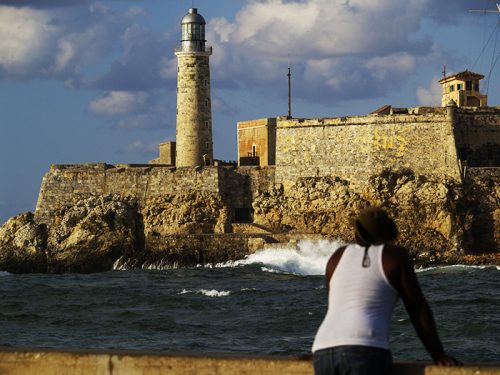
The fortresses to protect Havana
The fun begins the moment you enter the port of Havana. As you look out from the deck, you can see solid fortresses on either side of the entrance to the cove. Further on, there are two more fortifications. These fortresses were built to defend Havana from European nations and pirates, as the city was a trading hub and had a high concentration of wealth. Of these, the Morro Castle was known as the strongest defense in the Caribbean. It once protected the city from foreign invaders, but today it is a historical sight that entertains passengers on ships entering the port. The fortress has a museum and restaurants, and is known as a tourist and scenic spot.
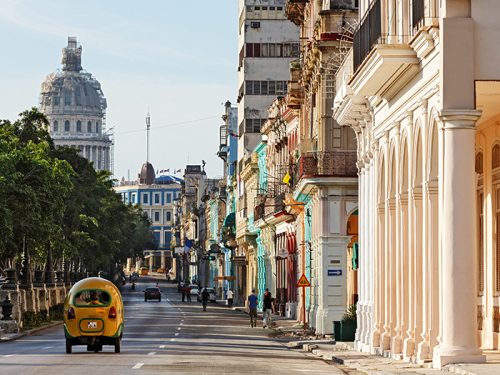
Old Havana
The ship docks in the part of town called Old Havana, registered as a UNESCO World Heritage Site along with its fortresses. As you step into the city, the humid Caribbean air touches your skin and reminds you that you have arrived in Cuba. The old town is lined with baroque, modernist, and art deco buildings that symbolize the times, with narrow alleys weaving in and out between them. The first place to go is Obispo Street. This is one of the busiest streets in Havana, lined with souvenir shops, general stores, cafes, bars, and restaurants. As you walk on the cobblestones laid down during the colonial era, a hotel painted in pale pink will start to appear.
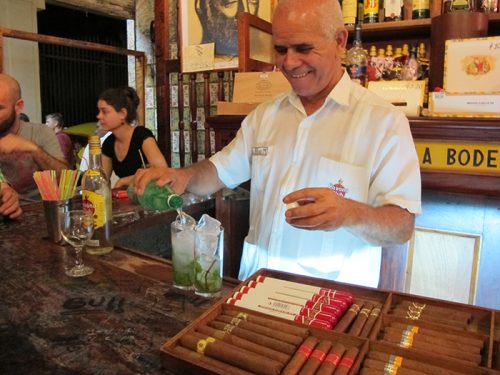
The hotel was a regular lodging for Ernest Hemingway, the well known writer who loved Cuba, who wrote many masterpieces such as “The Old Man and the Sea” and “A Farewell to Arms.” It is said that he wrote “For Whom the Bell Tolls” here, and room 511 where he stayed is now a museum. Further on, you will see the restaurant-bar La Bodeguita del Medio. Hemingway, who was a regular customer of this restaurant, enjoyed many glasses of the Cuban specialty mojito. It is a rum-based cocktail with lime, mint, and sugar, and you can enjoy one sip after another, feeling as if you were Hemingway. The refreshing aftertaste goes well with the Caribbean climate, but be careful not to drink too much!

One of the most surprising things about Havana is the large number of classic cars on the road. These cars also play a part in the scenery that symbolizes Havana. Not only do they have the characteristic triangular windows and tail lights that are rarely seen today, but the style itself is unusual and captivating, even for those who are not particularly fond of cars. Many of them are still in use as cabs, and when you get into one, you will be thrilled by the picturesque design of the steering wheel, dashboard, seats, and everything else. It’s a great feeling to ride in a classic car and enjoy the Havana breeze.

Museum of the Revolution
One of the main protagonists of the Cuban Revolution and a Cuban icon is Ernesto Che Guevara. The Revolutionary Museum is also a must-see, filled with the history of the revolution in which he, along with his comrades Fidel Castro and Raul Castro, overthrew the US puppet government and established a socialist state. As you enter the building with a tank sitting in front of the entrance, you can’t help but feel the passion of the time as you see the precious photos, letters, and weapons lined up one after another. In the garden, there is also a display of the Granma, a small yacht used in the landing operations. The more you learn about the Cuban Revolution and Che Guevara before visiting this place, the more worthwhile your visit will be.
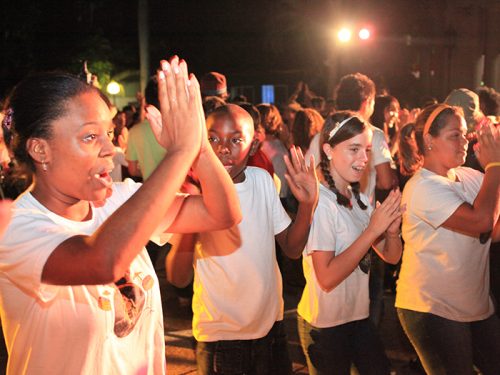
Dancing Salsa in Cuba
On Peace Boat Voyages, salsa dance instructors join the ship before the port of call in Cuba. For many people, salsa is not a familiar dance, but this is a great opportunity to try it out! Even if you’re a beginner, you’ll find that with a little practice you’ll get better and better. One of the charms of salsa is that even beginners can enjoy it with a little practice. And you can show the results of your practice to the fullest at the salsa parties held in the evening in Havana. Dancing with Cuban people in the home of salsa makes everyone smile.
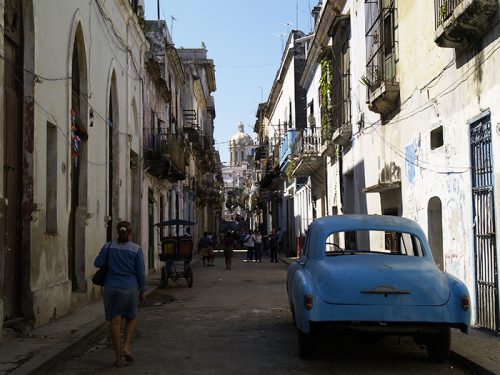
Revolution and the Future
It has already been half a century since the revolution came to fruition. While the country has made developments in various fields such as medicine, education, sports, and the arts, there are many issues to be overcome, such as the long-term economic sanctions imposed by the U.S. and the food and energy situation. The classic cars driving around town are a novelty for travelers, but at the same time they are the flip side of the lack of access to newer, more fuel-efficient cars. No one knows what kind of history Cuba will weave in the future. Perhaps it will transform into a common tourist destination, or perhaps it will continue to maintain the status quo. Cuba has been a “socialist” country, unlike the U.S. and Japan. Experiencing it firsthand will be a valuable experience.
PHOTO: PEACEBOAT, Okuhira Keita, Kato Tatsuya, Nakasuji Kota, Mizumoto shunya
